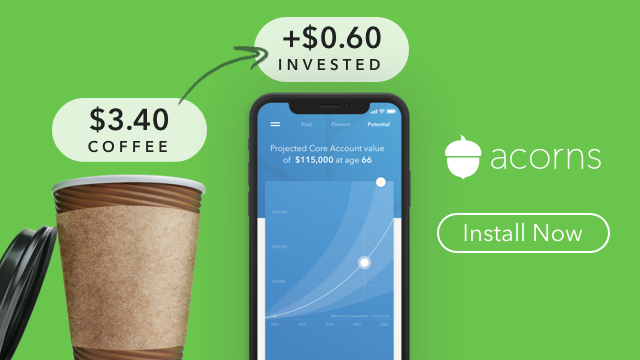What is a Bull Spread?
A Bull call spread is a popular options strategy used by more advanced options traders.

What are Options?
An option just like a stock or a bond is a security. However, the trader has the option to buy the underlying asset within a specific expiration date which is typically the 3rd Friday of every month unless a holiday falls on a Friday then they will expire on the Thursday before. Options are a good way for traders to protect their stock positions or speculate using leverage. Traders can reduce their losses by using spreads like the bull call spread to establish high and low boundaries for their profit/losses trades.
What is a Bull Call Spread?

The bull call spread option strategy for trading is undertaken when an options trader expects the underlying asset price to go up in the short term but wants to protect against a quickly falling stock price. A bull call spread can be employed by purchasing an at-the-money call option, while writing a higher strike out-of-the-money call option for the same asset with the same expiration.
A bull call spread is a vertical spread that involves two call options at different strikes with the same expiration date. A bull call spread strategy is usually employed when a trader expects the price to rise moderately. The short call strike price is expected to be higher than the long call strike price, which implies that this strategy needs an initial debit amount. When shorting the out-of-the-money option, the trader lessens the cost of his bullish outlook but relinquishes his chance of making a large profit in case the price of the underlying asset rapidly rises.
What are the Risks Involved with a Bull Call Spread Strategy?
By employing a bull call spread strategy, the trader reaches his maximum gain when the price of the asset exceeds the higher strike price of the two call options. It is equivalent to the difference in the strike price of the two calls, less the cost of the initial debit. The bull call spread strategy leads to a loss if the price of the underlying asset declines upon expiration. Bear in mind that a bull call spread strategy has an investment risk. However, the risk is minimum, as the maximum loss cannot be more than the initial debit that has been paid to enter the spread.


 Follow
Follow